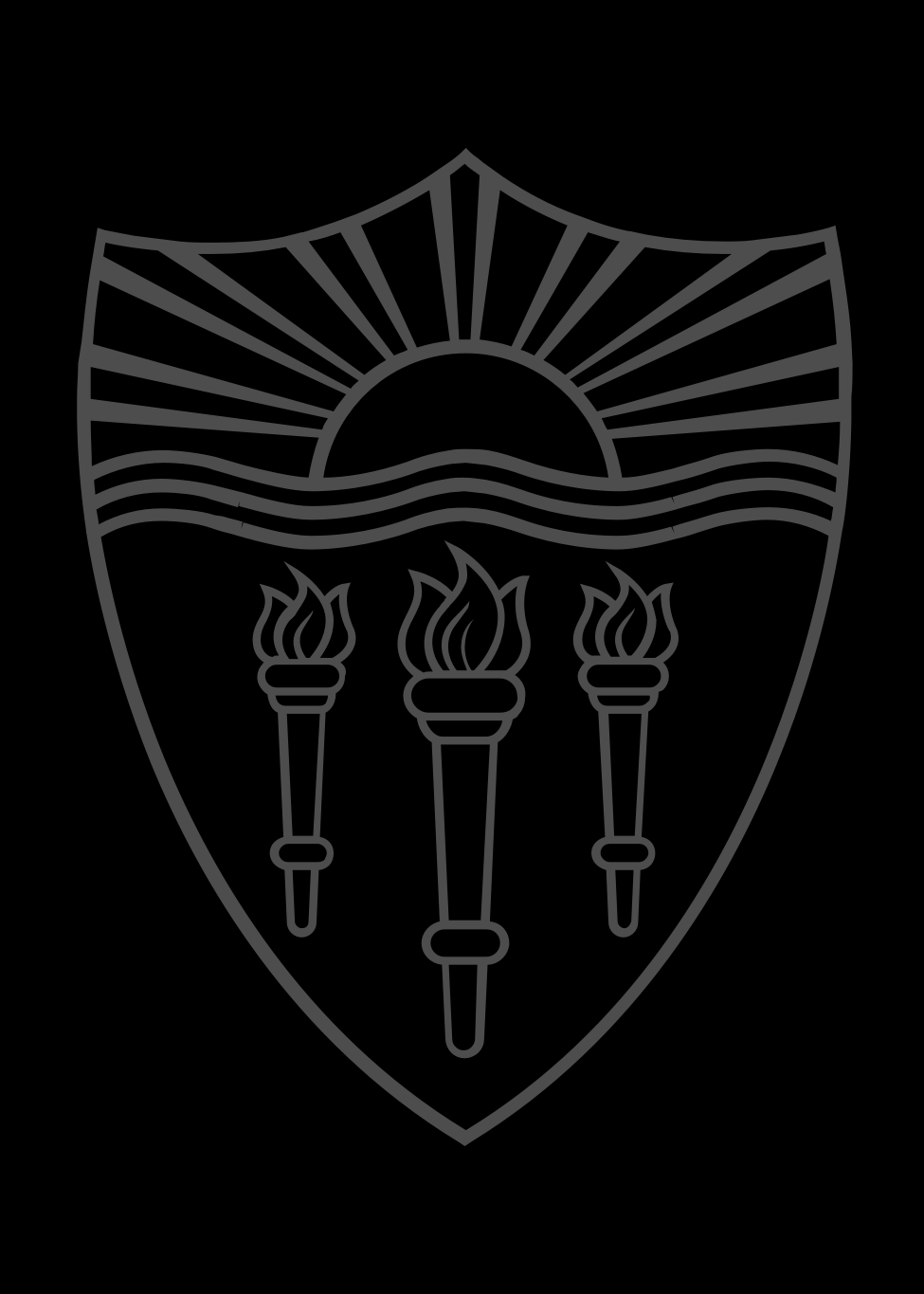Irene Chiolo

Center, Institute & Lab Affiliations
- Lawrence Berkeley National Lab, Guest Faculty
- USC/Norris Cancer Center, Full Member
Education
- Ph.D. Genetics and Molecular Biology, University of Milan
- M.S. Molecular Biology, University of Milan
-
- Postdoctoral Fellow, Lawrence Berkeley National Lab / UC Berkeley, 2007-2012
-
Tenure Track Appointments
- Assistant Professor of Biological Sciences, University of Southern California, 01/2013 –
-
Summary Statement of Research Interests
Research in Professor Chiolo’s laboratory focuses on the mechanisms of DNA repair in heterochromatin. Heterochromatin is a large nuclear domain mostly composed of repetitive sequences, which are prone to generating chromosome rearrangements during double-strand break (DSB) repair. And yet, DNA repair processes in heterochromatin are still mostly unknown. Our studies have revealed surprising dynamics triggered by DSBs in heterochromatin: the entire domain expands and repair sites display a dramatic relocalization to the nuclear periphery, while repair progression is tightly regulated in space and time. This pathway is essential for accurate repair in heterochromatin, because its deregulation results in aberrant recombination and genome instability. Which molecular mechanisms control heterochromatin dynamics and how they influence repair are still unclear. Using the Drosophila system, currently the best working model for heterochromatin repair studies, research in my lab aims to identify the mechanisms involved, and to address how they protect genome integrity at cellular and organismal levels. This research will ultimately contribute to our understanding of human diseases associated with genome instability, including cancer, aging, and developmental defects.
Research Keywords
DNA repair, heterochromatin, epigenetics, homologous recombination, genome stability, cancer, aging.
-
Journal Article
- Amaral, N., Ryu, T., Li, X., Chiolo, I. (2017). Nuclear Dynamics of Heterochromatin Repair. Trends Genet. Vol. 33 (2), pp. 86-100.
- Caridi, C. P., Delabaere, L., Zapotoczny, G., Chiolo, I. (2017). And yet, it moves: nuclear and chromatin dynamics of a heterochromatic double-strand breaks. Philosophical Transactions of the Royal Society B. Vol. in press
- Delabaere, L., Chiolo, I. (2016). ReiNF4rcing repair pathway choice during cell cycle. Cell Cycle. Vol. 15 (9), pp. 1182-3.
- Ryu, T., Bonner, M. R., Chiolo, I. (2016). Cervantes and Quijote protect heterochromatin from aberrant recombination and lead the way to the nuclear periphery. Nucleus. Vol. 7 (5), pp. 485-497.
- Delabaere, L., Ertl, H. A., Massey, D. J., Hofley, C. M., Sohail, F., Bienenstock, E. J., Sebastian, H., Chiolo, I., LaRocque, J. R. (2016). Aging impairs double-strand break repair by homologous recombination in Drosophila germ cells. Aging Cell. Vol. Doi: 10.1111/acel.12556
- Ryu, T., Spatola, B., Delabaere, L., Bowlin, K., Hopp, H., Kunitake, R., Karpen, G. H., Chiolo, I. (2015). Heterochromatic breaks move to the nuclear periphery to continue recombinational repair. Nat Cell Biol. Vol. 17 (11), pp. 1401-11.
- Chiolo, I., Tang, J., Georgescu, W., Costes, S. V. (2013). Nuclear dynamics of radiation-induced foci in euchromatin and heterochromatin. Mutat Res. Vol. 750 (1-2), pp. 56-66.
- Chiolo, I., Minoda, A., Colmenares, S. U., Polyzos, A., Costes, S. V., Karpen, G. H. (2011). Double-strand breaks in heterochromatin move outside of a dynamic HP1a domain to complete recombinational repair. Cell. Vol. 144 (5), pp. 732-44.
- Chiolo*, I., Robert*, T., Vanoli*, F., Shubassi, G., Bernstein, K. A., Rothstein, R., Botrugno, O. A., Parazzoli, D., Oldani, A., Minucci, S., Foiani, M. (2011). HDACs link the DNA damage response, processing of double-strand breaks and autophagy. Nature. Vol. 471 (7336), pp. 74-9. *Co-first authors.
- Costes, S. V., Chiolo, I., Pluth, J. M., Barcellos-Hoff, M. H., Jakob, B. (2010). Spatiotemporal characterization of ionizing radiation induced DNA damage foci and their relation to chromatin organization. Mutation Research. Vol. 704 (1-3), pp. 78-87.
- Tavecchio, M., Simone, M., Erba, E., Chiolo, I., Liberi, G., Foiani, M., D’Incalci, M., Damia, G. (2008). Role of homologous recombination in trabectedin-induced DNA damage. Eur J Cancer. Vol. 44 (4), pp. 609-18.
- Chiolo, I., Saponaro, M., Baryshnikova, A., Kim, J., Seo, Y., Liberi, G. (2007). The human F-Box DNA helicase FBH1 faces Saccharomyces cerevisiae Srs2 and postreplication repair pathway roles. Mol Cell Biol. Vol. 27 (21), pp. 7439-50.
- Chiolo, I., Carotenuto, W., Maffioletti, G., Petrini, J. H., Foiani, M., Liberi, G. (2005). Srs2 and Sgs1 DNA helicases associate with Mre11 in different subcomplexes following checkpoint activation and CDK1-mediated Srs2 phosphorylation. Mol Cell Biol. Vol. 25 (13), pp. 5738-51.
- Liberi, G., Maffioletti, G., Lucca, C., Chiolo, I., Baryshnikova, A., Cotta-Ramusino, C., Lopes, M., Pellicioli, A., Haber, J. E., Foiani, M. (2005). Rad51-dependent DNA structures accumulate at damaged replication forks in sgs1 mutants defective in the yeast ortholog of BLM RecQ helicase. Genes Dev. Vol. 19 (3), pp. 339-50.
- Liberi, G., Chiolo, I., Pellicioli, A., Lopes, M., Plevani, P., Muzi-Falconi, M., Foiani, M. (2000). Srs2 DNA helicase is involved in checkpoint response and its regulation requires a functional Mec1-dependent pathway and Cdk1 activity. EMBO J. Vol. 19 (18), pp. 5027-38.
-
- Postdoctoral Fellowship, Libi & Lorini Foundation, Italy, 2007
- Edward Mallinckrodt Jr. Foundaiton Award, 2016-2018
- USC Endowed Professorship, Gabilan Assistant Professor of Biological Sciences, 2013/01/01-2017/12/31
-
Professional Memberships
- American Society for Cell Biology (ASCB), 2007 –
- The Genetics Society of America (GSA), 2007 –